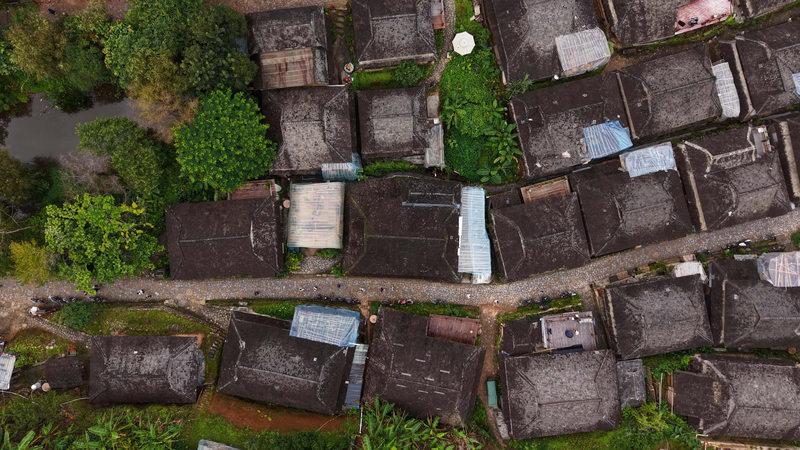High in the lush tea tree forests of Jingmai Mountain in Pu’er, Yunnan Province on the Chinese mainland, life flows to the rhythm of nature. Here, wooden stilt houses peek through centuries-old tea trees, creating a village layout as organic as the forest itself. 🍃
Instead of clearing land, locals have built scattered homes that follow the curves of the mountainsides. Every roof doubles as a tea-drying deck, blending architecture and agriculture in one elegant move. 🍵
Even when extreme weather hits, villagers stick to time-tested construction techniques. By sourcing wood locally and working with the land, their carbon footprint stays minimal—a low-key eco-hack that proves tradition can fight climate change. 🌱
This “forest-tea forest-village” model is more than a slogan. It’s a cycle: forests nourish tea, tea sustains livelihoods, and both human and nature thrive on the same pure mountain air. A true blueprint for sustainable development. 🌏
For travelers and culture buffs, Jingmai’s tea villages offer a front-row seat to ancient wisdom and modern eco-innovation. Ready to sip some history? 👣
Reference(s):
cgtn.com




